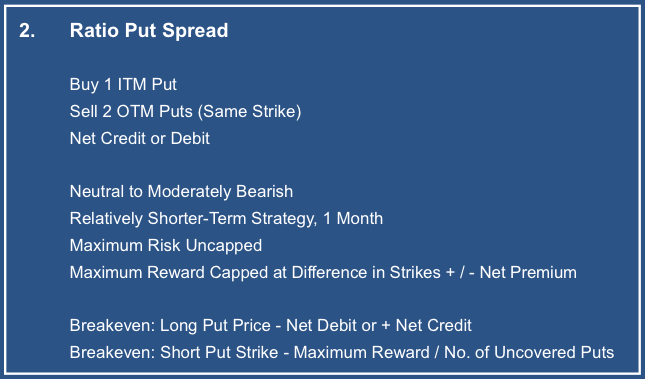EWP Option Strategies – Part 5
EWP Option Strategies – Part 5
Alright, Evil Rat Academy is officially in session – let’s make this again a productive day before we head into the weekend.

And if you are built like this inquisitive (and may I say obedient) scholar evil Mole would be happy to postpone his weekend plans and donate some of his precious time to some – ahem – ‘private tutoring’. After all I’m all for academic growth (hey, whatever gets me laid).
Alright, it’s again time for the fifth part in our ongoing EWI sponsored series on option strategies. The following post is excerpted from the Elliott Wave International (EWI) eBook, “How to Use the Elliott Wave Principle to Improve Your Options Trading Strategies — Vertical Spreads.” EWI has agreed to make the full eBook available for free to all Evil Speculator readers until the conclusion of this series. So go ahead and download it here if you want to study ahead – however I would appreciate it if we kept all discussions limited to the current chapter.
Last time we looked at some real life examples of a bull call ladder. If you missed that chapter then I strongly recommend you go back and study it before continuing here. You can also pull up all prior installments of the the entire series via this link.
We now press on with chapter 3 of the eBook – covering Ratio Spreads. And may I point out that the timing could not be any better! Don’t worry, this one will be quick and painless.
Fig. 25
Fig. 26
The third pair of strategies is the “ratio call spread” and the “ratio put spread” — similar to the bull call ladder, bear put ladder pair. With a ratio call spread, you’re buying an in-the-money (ITM) call and you’re selling two out-of-the-money calls at the same strike. You may have a net credit or debit. Your market outlook is neutral to moderately bullish and short-term, about one month. The ratio put spread has the same overall structure, but you use puts instead of calls, because you would be neutral to moderately bearish. Now, let’s talk about risk. I can’t stress the level of exposure here enough. Maximum risk is uncapped. However, your short strikes are closer to the money than the short strikes of the bull call ladder and bear put ladder, which had the short strikes spread out. In other words, the out-of-the-money puts and calls are more vulnerable, and your uncapped risk is more severe.
Fig. 27
I’m not going to go through a trading strategy on these, but if one were to use them, it’s of great value to know the “optimal” Elliott wave characteristics. Figure 27 provides a complete list of these.
- Function: Clearly countertrend and at the next two higher degrees, at least, because you have significant uncapped risk. In other words, not just wave two of an impulse wave. You would, for example, do this in a wave two of a wave three so that even the next two degrees are moving in the direction of the main trend. Since you’re heavily betting on a countertrend move, this buys you more insurance against the countertrend move somehow morphing into a main trend move.
- Position: Only waves two or four.
- Structure: Zigzag.
- Degree: Relatively low.
- Entry Point: The latter stages of the wave position; i.e. wave three of C of wave 2.
- Prior at the next lower degree: The same as always: An ending diagonal, truncated fifth wave, fifth-wave extension, etc. I would rely on rules only for second and fourth waves, due to the uncapped risks. Those are: Wave 2 always retraces less than 100% of wave 1, and the end of wave 4 can never enter the price territory of wave 1.
Fig. 28
Ultimately, the ratio call/put spreads are most likely for those traders who just can’t stay out of the market — they always have to do something. Whether the high level of risk is worth it is best visualized in this chart of the NASDAQ 100. Look familiar? Well, this is Figure 21 from the previous bull call ladder section. Remember that we were able to create a break/even rate that was way up there, almost as far as wave two could go. With the ratio spreads, though, you want to get in almost near the end so that you can push the break/even up even further to protect yourself.
Mole here again: See, that wasn’t so bad! Now go out and play – have yourselves a great weekend!
[soundcloud url=”http://soundcloud.com/aeroplane/i-crave-paris”]Lovely tune courtesy of ultra – thanks mate! Not metal but I’m genetically programmed to be partial to Euro-trash-synth-pop
Cheers,
Mole




















